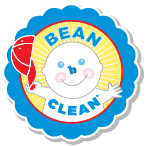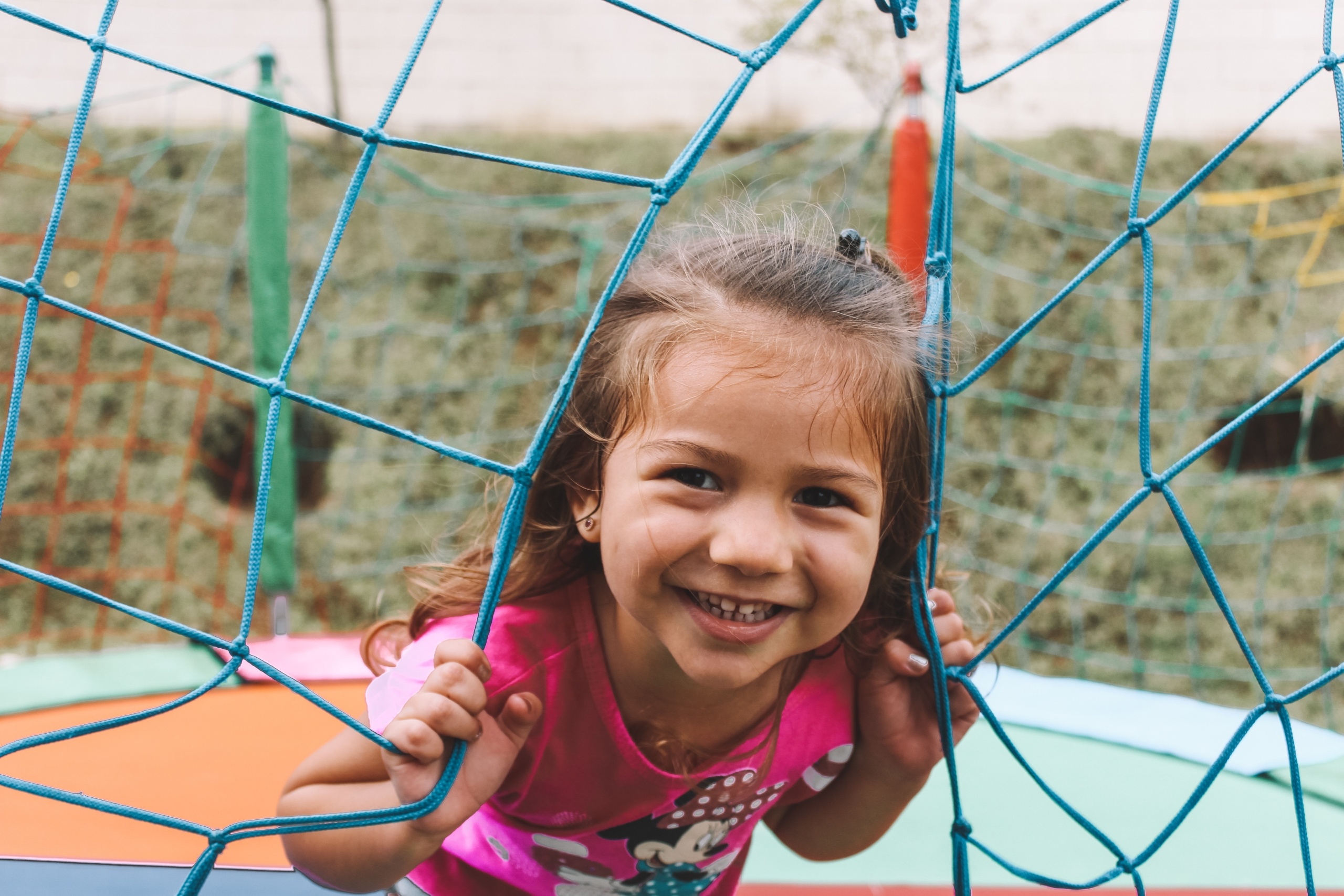Baby Dry Scalp or Cradle Cap? Learn the Difference
The symptoms for dry scalp and cradle cap can be very similar, especially to non-medical personnel as most of us are. It’s important to know the difference between the two, because each condition should be treated in its own way for best results. Below you’ll learn the difference between these two conditions, so if your baby should develop either one, you’ll be able to respond appropriately, and help relieve the symptoms most effectively for your infant.
Is it Normal for Babies to Have Dry Scalp?
Yes, it is perfectly normal for your baby to develop dry scalp at some point. In fact, the majority of babies will have this condition, at least to a minor degree. In some cases, it’s just a matter of baby dandruff, which will appear to be white and dry, and is generally caused by having dry skin. This could be inherited from the mother, if she also has dry skin.
If you notice that your infant has dry skin, you don’t have to worry about shampooing too frequently, because that’s not the cause of the condition. Still, it will probably be better if you only shampoo your baby’s hair every other day, just so you don’t worsen the dryness. The truth is that scalp dryness is not fully understood, and since the precise cause is unknown, it has historically proven difficult to treat. Fortunately, in most cases scalp dryness clears up all on its own within a few weeks.
Identifying Dry Scalp
Both dry scalp and cradle cap are very similar, so it can be fairly difficult to identify which is which. Both conditions are the result of dry skin on your baby’s scalp, and this contributes to the difficulty of differentiating between the two. Dry scalp is essentially baby dandruff, and will appear as dry, flaky skin on top of the scalp, which at times may feel scaly or rough, and will generally look reddish or yellowish in color. It’s likely that dead skin will flake off occasionally from the dry scalp on your baby’s head.
Cradle cap starts out as dry scalp, but then progresses to a slightly different condition. Instead of having dry, flaky skin, you’ll notice that bumps will appear on your baby’s scalp which are rough and crusty. The single best identifier to tell you which of these two conditions your baby has will be how it feels to the touch. Dry scalp will always feel dry, whereas cradle cap will generally feel much more oily when you touch the baby’s scalp.
Identifying Cradle Cap
In its early stages, cradle cap appears to be very similar to dry scalp, because it is characterized by the same symptoms, i.e. dry, flaky skin on top of the head. However, in some cases this condition will progress to become cradle cap, and when that happens, you will then notice that bumps which are crusty and rough begin appearing on baby’s scalp. If you run your fingers over these bumps, you’ll probably notice that they are somewhat oily to the touch, and that will identify the condition as cradle cap.
How to Treat Your Baby’s Dry Scalp & Cradle Cap
Before you get too anxious or frantic about noticing dry scalp or cradle cap on your infant’s scalp, it’s good to remember that in the vast majority of cases, either condition will clear up on its own within a few weeks. In the meantime, there are some things you can do at home which will hopefully help to clear up the condition. Keep in mind that neither condition is particularly uncomfortable for your baby, so you’re not facing any crisis. If the condition persists beyond a month or so, you should contact your pediatrician for advice.
If your baby has dry scalp, it’s best to reduce the frequency of your shampooing, because that might exacerbate the dry condition. On the other hand, if your infant has cradle cap, frequent shampooing would be a good thing, because it would remove excess oil and help to loosen the flakes on your child’s scalp. For best results, you should use an over-the-counter medicated shampoo which has been specially formulated for babies.
Some people have found that mineral oil helps to relieve the itching and flaking associated with dry scalp, but if you do use this, make sure you wash away all the mineral oil after usage. For an infant who has dry scalp, olive oil might be more effective, but it too should be rinsed away after any scalp massage. If you notice signs of redness or inflammation on baby scalp, hydrocortisone cream might be helpful in alleviating those symptoms, although it won’t really help either dry scalp or cradle cap.
Find the Bean-b-Clean Brush at a Retailer Near You
Dry scalp and cradle cap are not particularly bothersome to your infant, and will probably actually disturb you more than the child. However, if you want to try and shorten the period of the cradle cap condition, one of the most effective ways to do that is to use a special brush designed for the purpose. By gently massaging your infant’s scalp with one of these brushes, you can help remove the flakes, and stimulate your child’s scalp at the same time. Contact us at Bean-b-Clean about obtaining your own special-purpose brush, so you can help your child overcome the symptoms of cradle cap.

